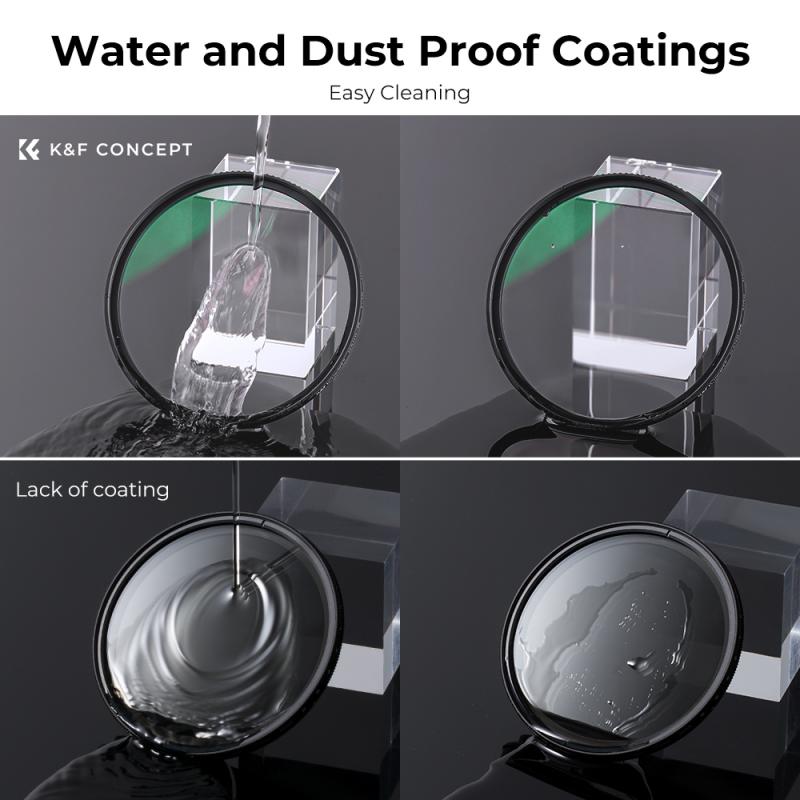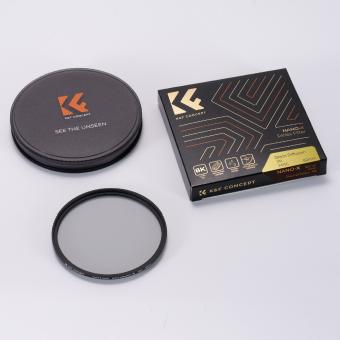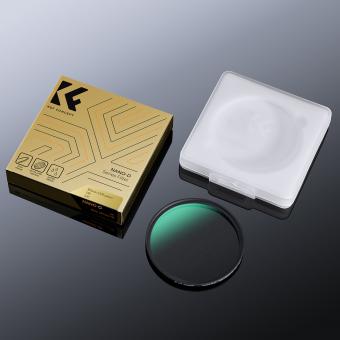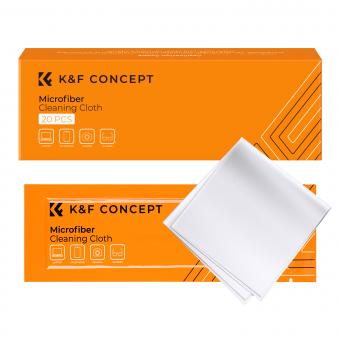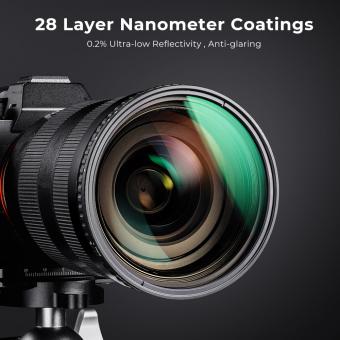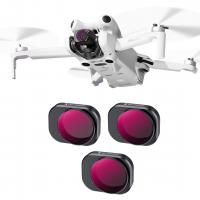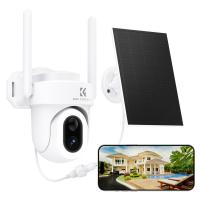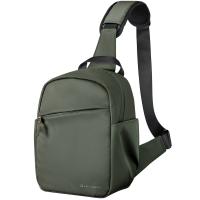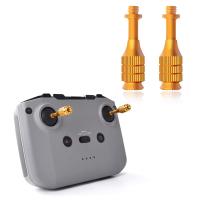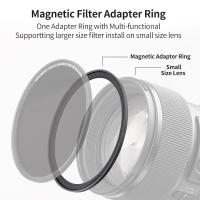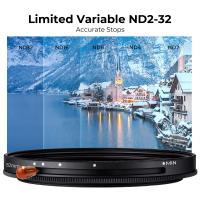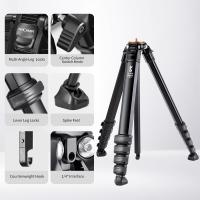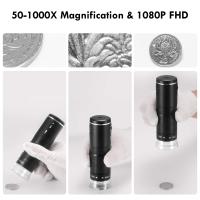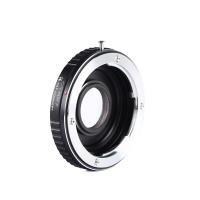How To Stack Nd Filters ?
To stack ND filters, simply screw one filter onto the front of your camera lens and then screw another filter onto the first one. This allows you to combine the light-blocking effects of multiple filters, resulting in a stronger overall reduction in light entering the lens. It is important to ensure that the filters are securely attached to each other to prevent any light leakage or unwanted movement during shooting. Additionally, keep in mind that stacking too many filters can potentially degrade image quality, so it is recommended to experiment and find the right balance for your specific needs.
1、 Understanding ND Filters: Types, Uses, and Benefits
To stack ND filters, you simply screw one filter onto the front of another. This allows you to combine the light-blocking effects of multiple filters, resulting in a greater reduction in light entering the camera. Stacking ND filters is a common technique used by photographers and videographers to achieve longer exposure times or wider apertures in bright conditions.
When stacking ND filters, it's important to consider the filter densities and their effects on image quality. Using filters with different densities can lead to color casts, vignetting, or loss of sharpness. To minimize these issues, it's recommended to use high-quality filters from reputable brands.
Additionally, stacking too many filters can increase the risk of lens flare and reduce image clarity. It's advisable to limit the number of filters to two or three, depending on the specific requirements of your shot.
The latest point of view on stacking ND filters is that it can be a useful technique, but it's important to exercise caution and consider the potential drawbacks. Some photographers prefer to use a single high-density ND filter instead of stacking multiple filters to maintain image quality. Others may opt for graduated ND filters or variable ND filters, which offer flexibility in adjusting the density according to the scene.
Ultimately, the decision to stack ND filters depends on the specific shooting conditions and desired creative outcome. Experimentation and practice will help you understand the optimal use of ND filters and achieve the desired results in your photography or videography.
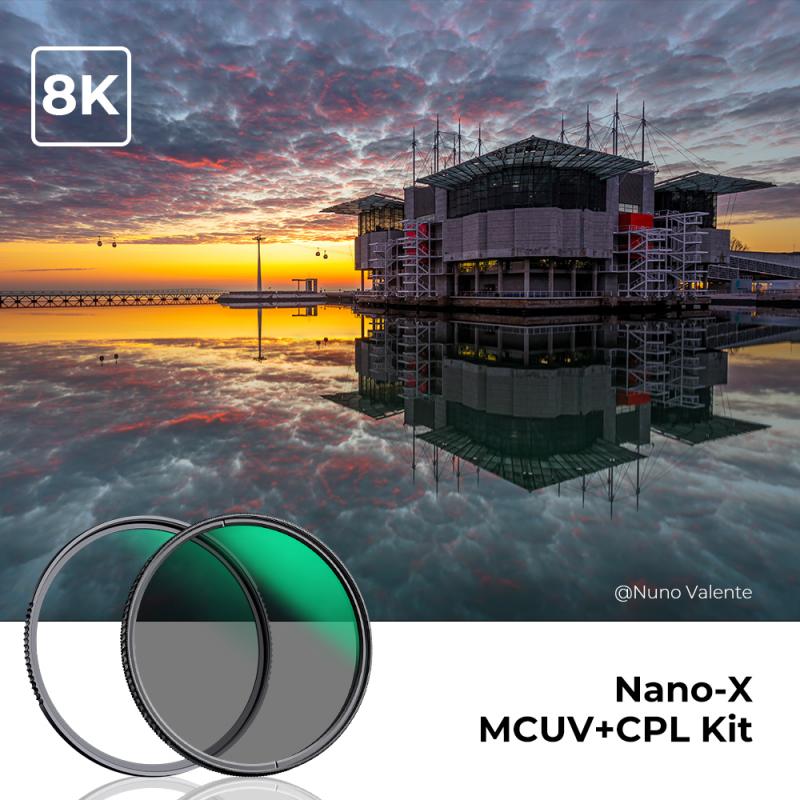
2、 Choosing the Right ND Filters for Stacking
Choosing the Right ND Filters for Stacking
Stacking ND filters is a technique used by photographers and videographers to achieve longer exposure times or to control the amount of light entering the camera. It involves attaching multiple ND filters to the lens to increase the overall light reduction. However, it is important to choose the right ND filters for stacking to ensure optimal image quality and avoid any unwanted artifacts.
When stacking ND filters, it is crucial to consider the filter density and the filter type. Filter density refers to the amount of light reduction provided by the filter. It is recommended to start with a lower density filter, such as a 2-stop or 3-stop ND filter, and then add additional filters with higher densities if needed. This gradual approach helps maintain image quality and reduces the risk of color cast or vignetting.
Additionally, it is important to choose high-quality ND filters to minimize any potential loss of image sharpness or color accuracy. Look for filters made from high-quality materials and with multi-coating to reduce reflections and flare. Consider reputable brands that have a good reputation for producing reliable filters.
Another factor to consider is the filter type. There are different types of ND filters available, including screw-on filters and square/rectangular filters with a filter holder system. Screw-on filters are easier to use and more convenient for stacking, while square/rectangular filters offer more flexibility in terms of adjusting the position of the filters.
Lastly, it is worth mentioning that some photographers and videographers prefer to use a single high-density ND filter instead of stacking multiple filters. This approach can help minimize the risk of image quality degradation and simplify the shooting process.
In conclusion, when stacking ND filters, it is important to choose the right filter density, high-quality filters, and the appropriate filter type. Experimentation and practice are key to finding the right combination of filters for your specific needs.
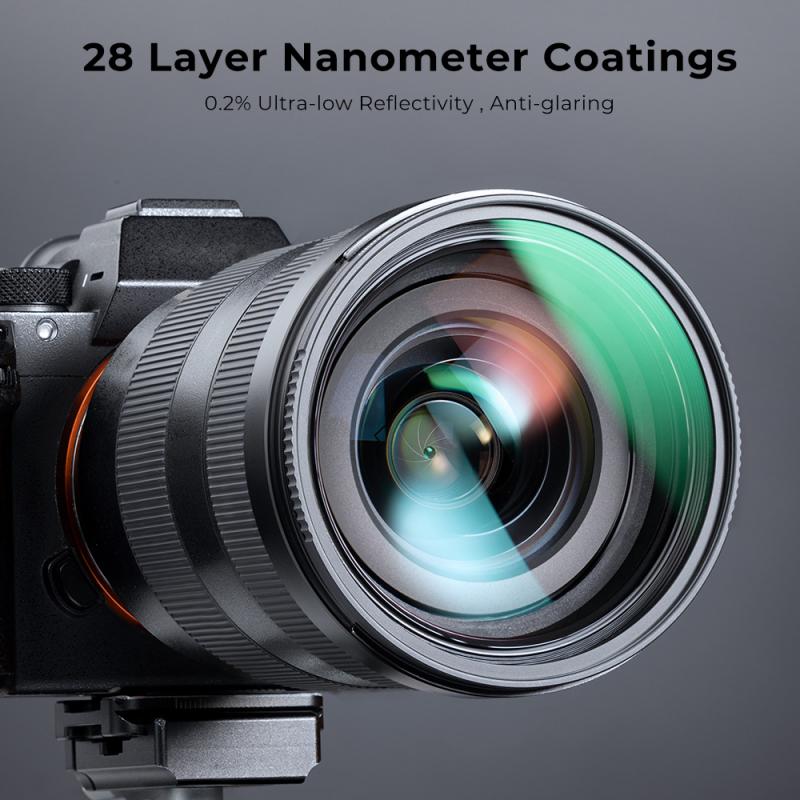
3、 Properly Mounting and Aligning ND Filters for Stacking
Properly Mounting and Aligning ND Filters for Stacking
Stacking ND filters can be a useful technique for achieving longer exposure times or controlling the amount of light entering the camera. However, it is important to follow the correct procedure to ensure optimal results. Here is a step-by-step guide on how to stack ND filters properly:
1. Choose the right filters: Select ND filters with different densities to achieve the desired effect. It is recommended to use high-quality filters to minimize any potential loss in image quality.
2. Mount the first filter: Start by attaching the filter with the lowest density to the lens. Ensure that it is securely fastened and aligned correctly. Some filters have a front and back side, so make sure to position it correctly.
3. Mount the second filter: Once the first filter is in place, carefully attach the second filter on top of it. Pay attention to the alignment to avoid any light leaks or vignetting. Rotate the second filter if necessary to achieve the desired effect.
4. Check for vignetting: After stacking the filters, check the corners of the frame for any darkening or vignetting. Adjust the filters if needed to eliminate this issue. Vignetting can occur when using wide-angle lenses or when stacking filters with thick frames.
5. Use a filter holder system: To simplify the process and minimize the risk of misalignment, consider using a filter holder system. These systems allow you to easily stack multiple filters and make adjustments without directly attaching them to the lens.
It is worth noting that stacking multiple ND filters can increase the risk of image quality degradation, such as color cast or loss of sharpness. To minimize these issues, it is recommended to use high-quality filters and avoid stacking too many filters at once. Additionally, post-processing techniques can be used to correct any color cast or other imperfections that may occur.
In conclusion, properly mounting and aligning ND filters for stacking involves selecting the right filters, securely attaching them to the lens, and checking for any issues such as vignetting. By following these steps, you can effectively stack ND filters to achieve the desired photographic effect.
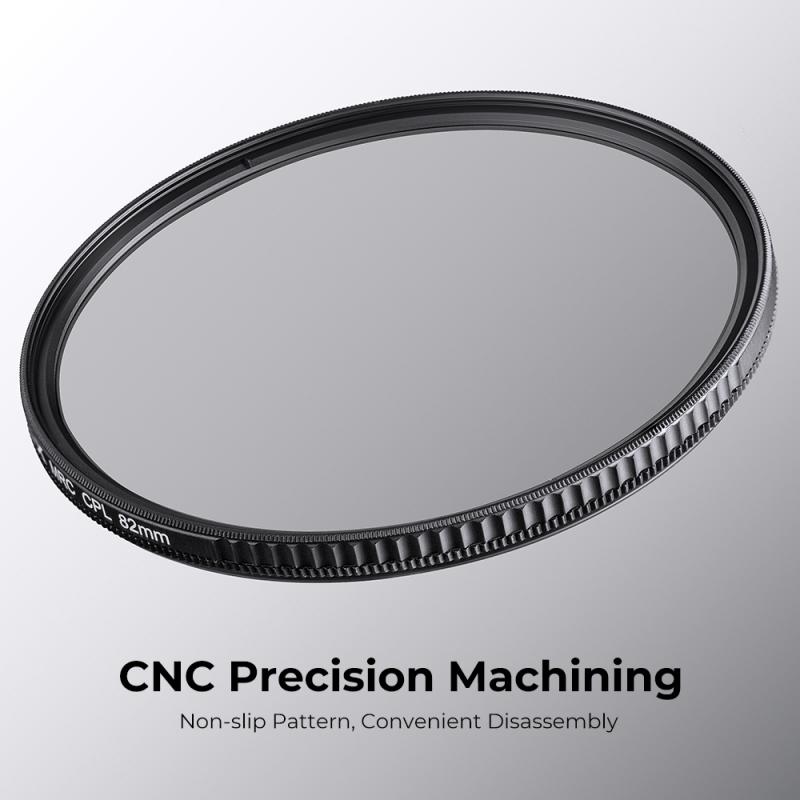
4、 Calculating Exposure Adjustments when Stacking ND Filters
When it comes to stacking ND filters, there are a few important considerations to keep in mind. ND filters are used to reduce the amount of light entering the camera, allowing for longer exposures or wider apertures in bright conditions. Stacking multiple ND filters can further decrease the amount of light, but it is crucial to calculate the exposure adjustments accurately to achieve the desired effect.
To stack ND filters, follow these steps:
1. Determine the strength of each ND filter: ND filters are labeled with their density, usually measured in stops. For example, a 1-stop ND filter reduces the light by one stop, while a 3-stop ND filter reduces it by three stops.
2. Add the densities of the filters: To calculate the total exposure adjustment, add the densities of the stacked ND filters. For instance, if you stack a 2-stop ND filter with a 3-stop ND filter, the total density would be 5 stops.
3. Adjust the exposure settings: Once you know the total density, adjust your camera's exposure settings accordingly. If you were shooting at f/8, 1/250s without any ND filters, and the total density of the stacked filters is 5 stops, you would need to adjust the settings to compensate for the reduced light. In this case, you might change the aperture to f/8, 1/8s or f/16, 1/60s.
It is important to note that stacking multiple ND filters can introduce potential issues such as vignetting, color cast, or loss of image quality. Therefore, it is recommended to use high-quality filters and test the combination before important shoots.
The latest point of view on stacking ND filters is that advancements in filter technology have improved the quality and reduced the potential issues associated with stacking. However, it is still advisable to exercise caution and test the combination of filters to ensure optimal results.
